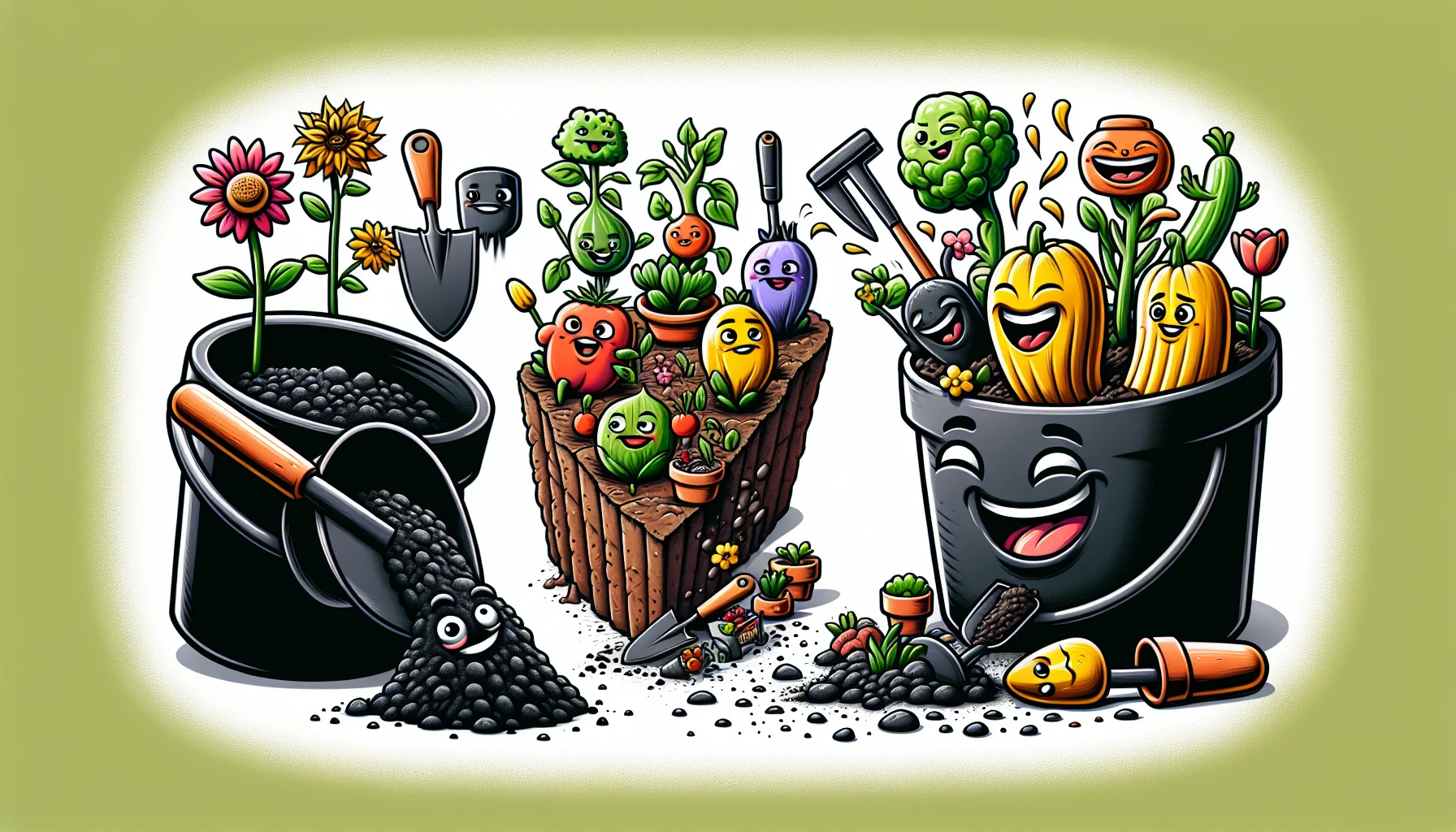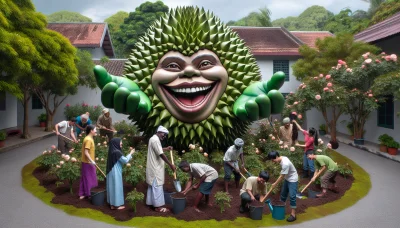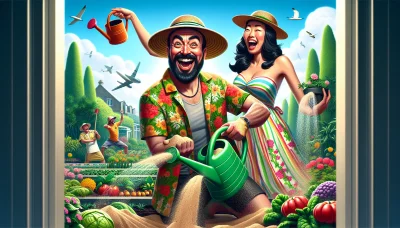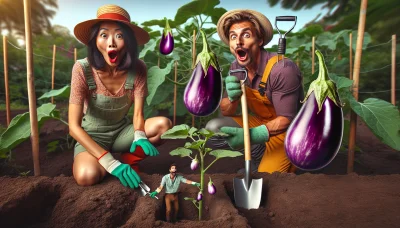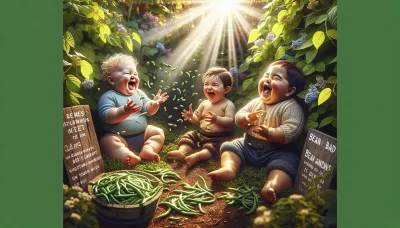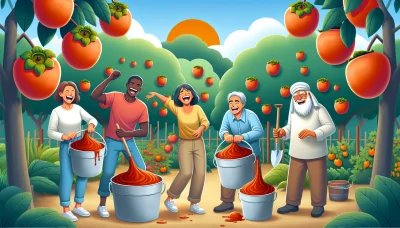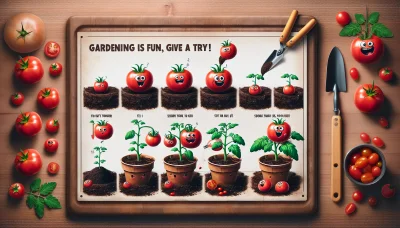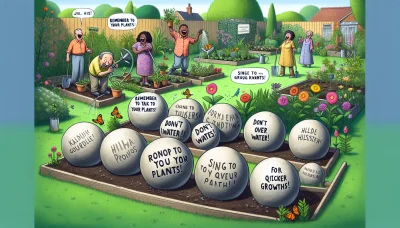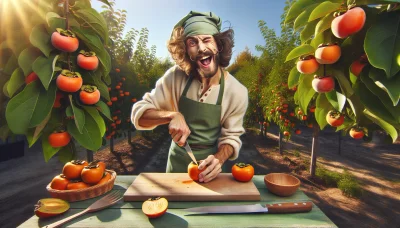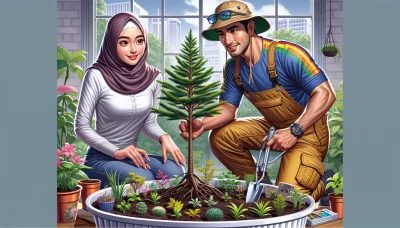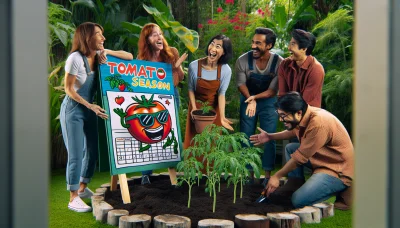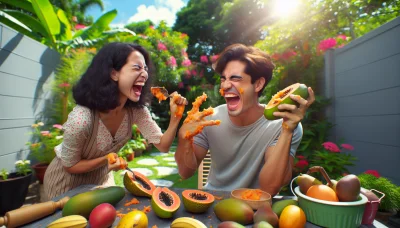Potting soil vs garden soil Quiz
Test Your Knowledge
Question of
Potting Soil vs Garden Soil: Understanding the Difference
Choosing the right type of soil for your gardening projects is crucial to ensuring the health and growth of your plants. Whether you're planting in containers or in the ground, understanding the differences between potting soil and garden soil can make a significant impact on your gardening success. Each type of soil is formulated differently to cater to the specific needs of plants in various environments, making it important for gardeners to select the appropriate one for their gardening endeavors.
What is Potting Soil?
Potting soil, also known as potting mix, is a medium in which plants, vegetables, and other flora are grown in containers. Unlike regular garden soil, potting soil is sterilized to be free of weed seeds, pathogens, and other undesirables. It's specifically formulated to provide the perfect balance of moisture, aeration, and nutrients to ensure healthy plant growth. Potting soil often contains a mixture of peat moss, compost, vermiculite, or perlite, and sometimes slow-release fertilizers to nourish plants over time. This specialized mix promotes strong root development, improves water retention without waterlogging, and allows for better air circulation compared to regular soil. Its lightweight nature makes it ideal for use in indoor containers, hanging baskets, and pots where traditional garden soil would be too heavy or compacted. The benefits of using potting soil include healthier plants due to the optimized growing conditions, reduced risk of soil-borne diseases, and the convenience of having a ready-to-use, nutrient-rich medium for a wide variety of plants.
What is Garden Soil?
Garden soil is a rich, organic material that is specifically formulated to support plant growth in outdoor gardens. It is a blend of topsoil, compost, and other organic matter that enhances the soil's structure, fertility, and moisture retention capabilities. Garden soil is ideal for creating new garden beds, amending existing soil, or filling raised beds. It provides plants with the essential nutrients they need to thrive, improves soil aeration, and helps retain moisture, reducing the need for frequent watering. The use of garden soil can significantly improve the health and yield of garden plants, making it a fundamental component for both novice and experienced gardeners.
Key Differences Between Potting Soil and Garden Soil
- Composition: Potting soil is a sterile medium designed for container gardening and often contains peat moss, perlite, and vermiculite. Garden soil is natural soil from the ground and contains a mixture of organic matter, minerals, and organisms.
- Drainage: Potting soil is formulated to provide excellent drainage and aeration for roots, preventing waterlogging. Garden soil can vary in its drainage capabilities, often compacting and retaining more moisture.
- Nutrient Content: Potting soil is typically enriched with nutrients and may also contain slow-release fertilizers to feed plants over time. Garden soil's nutrient content can vary widely based on its composition and needs to be amended based on specific plant requirements.
- Weight: Potting soil is lighter and more porous, making it ideal for use in containers. Garden soil is denser and heavier.
- Use: Potting soil is specifically designed for use in pots and containers, whereas garden soil is intended for use in outdoor gardens and beds.
- Disease and Weed Seeds: Potting soil is usually sterile, meaning it's free from weed seeds and diseases. Garden soil may contain weed seeds and pathogens that could harm plants.
Choosing the Right Soil for Your Plants
Deciding between potting soil and garden soil is crucial for the success of your plants or gardening projects. Potting soil is specifically designed for use in container gardens. It's lightweight, sterile, and provides aeration and drainage that potted plants need. On the other hand, garden soil is heavier and intended for use in outdoor gardens. It contains a mix of soil from the ground and organic matter, which can vary in composition. When choosing between the two, consider the environment your plants will grow in. Container plants thrive in potting soil, while outdoor plants in beds or gardens do best with garden soil. However, it's essential to check the specific needs of your plants, as some may require special soil mixes to flourish.
How to Mix Your Own Soil
Creating a custom soil mix can be a rewarding process for gardeners looking to tailor their soil to the specific needs of their plants. To start, you'll want to consider the benefits of both potting soil and garden soil. Potting soil is designed to be lightweight and to provide excellent drainage, making it ideal for container gardening. Garden soil, on the other hand, tends to be denser and is suited for outdoor use where it can help retain moisture and nutrients around plant roots.
To blend your own soil mix, begin with equal parts of potting soil and garden soil as a basic formula. This combination offers a balance between drainage and moisture retention. From there, you can adjust the mix based on your plants' needs. For plants requiring better drainage, add more potting soil or incorporate perlite into the mix. For those needing more moisture, increase the proportion of garden soil or add vermiculite to help retain water.
Remember, the key to a successful soil mix is understanding the specific requirements of your plants and adjusting your soil components to meet those needs. Experiment with small batches of soil mix until you find the perfect blend for your garden.
Conclusion: Maximizing Plant Health and Garden Success
Selecting the appropriate soil for gardening is a fundamental step that significantly impacts plant health and garden productivity. The right soil type not only provides essential nutrients for plants but also ensures proper drainage, aeration, and pH balance, which are critical for optimal plant growth and development. By understanding and choosing the soil best suited to the specific needs of their plants, gardeners can create a thriving garden environment that promotes vigorous plant health and maximizes garden success.
